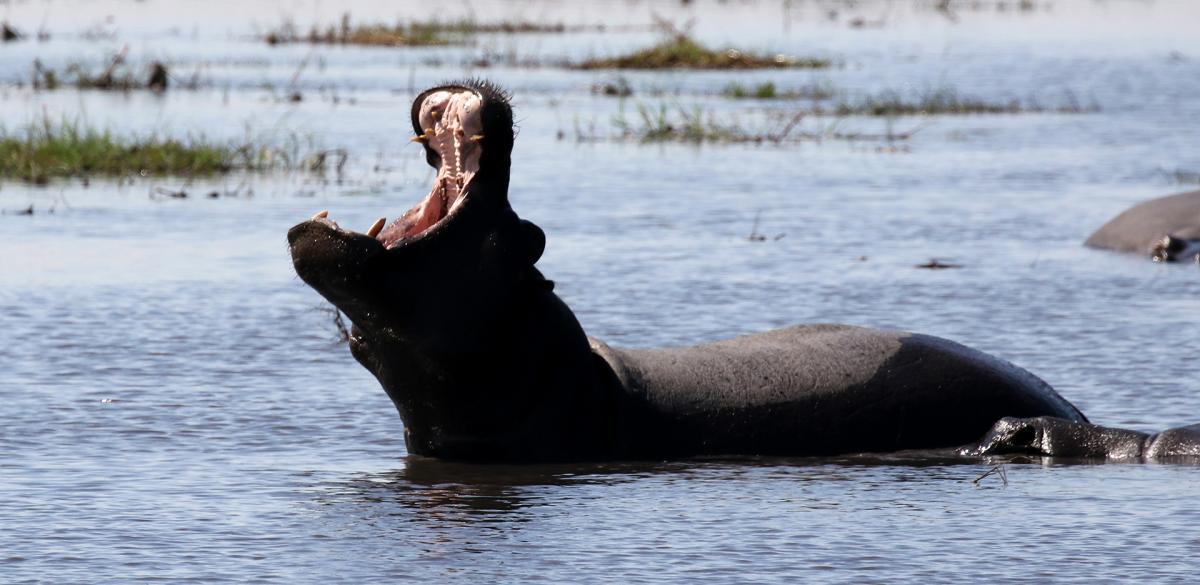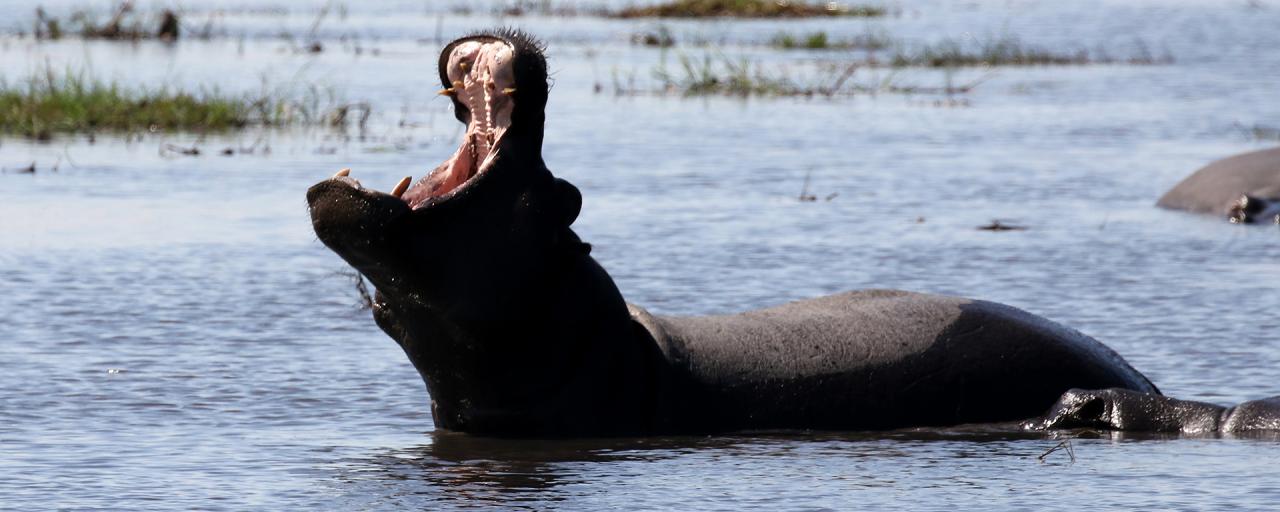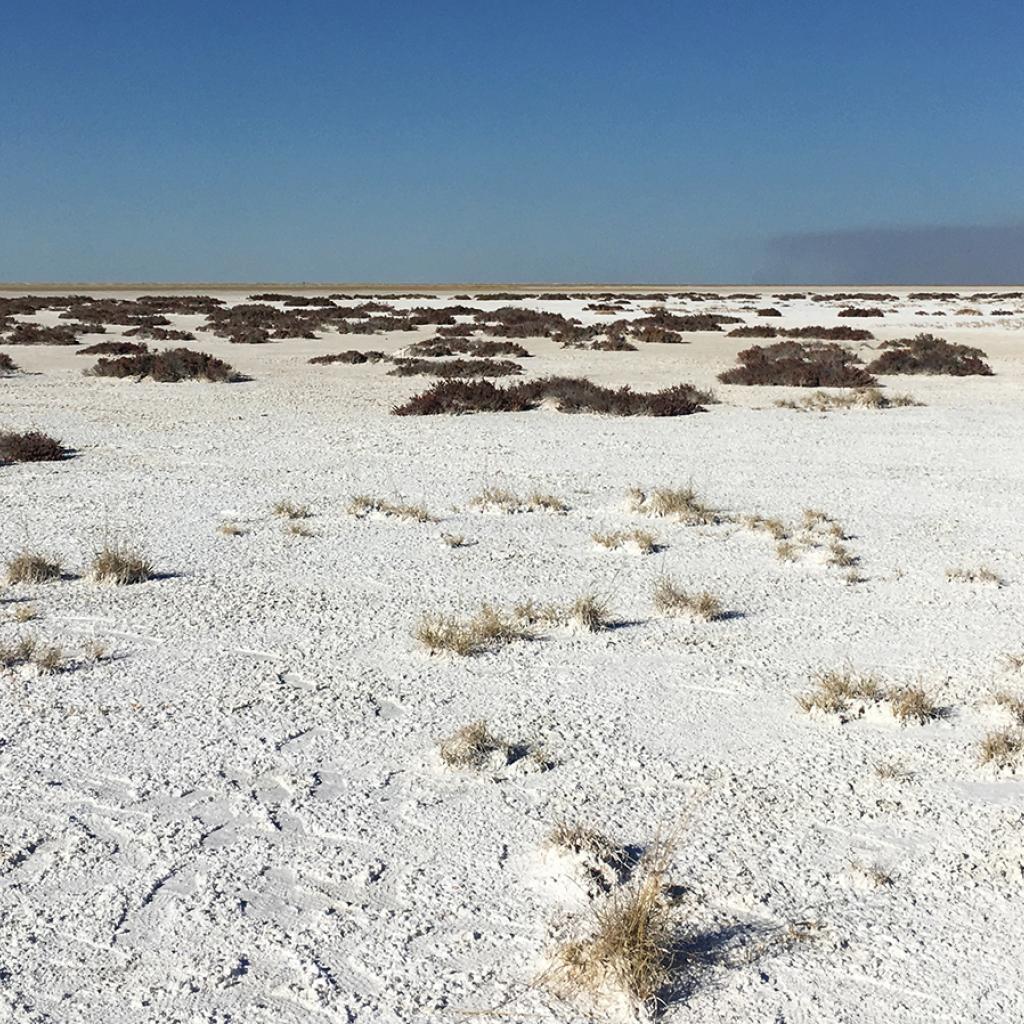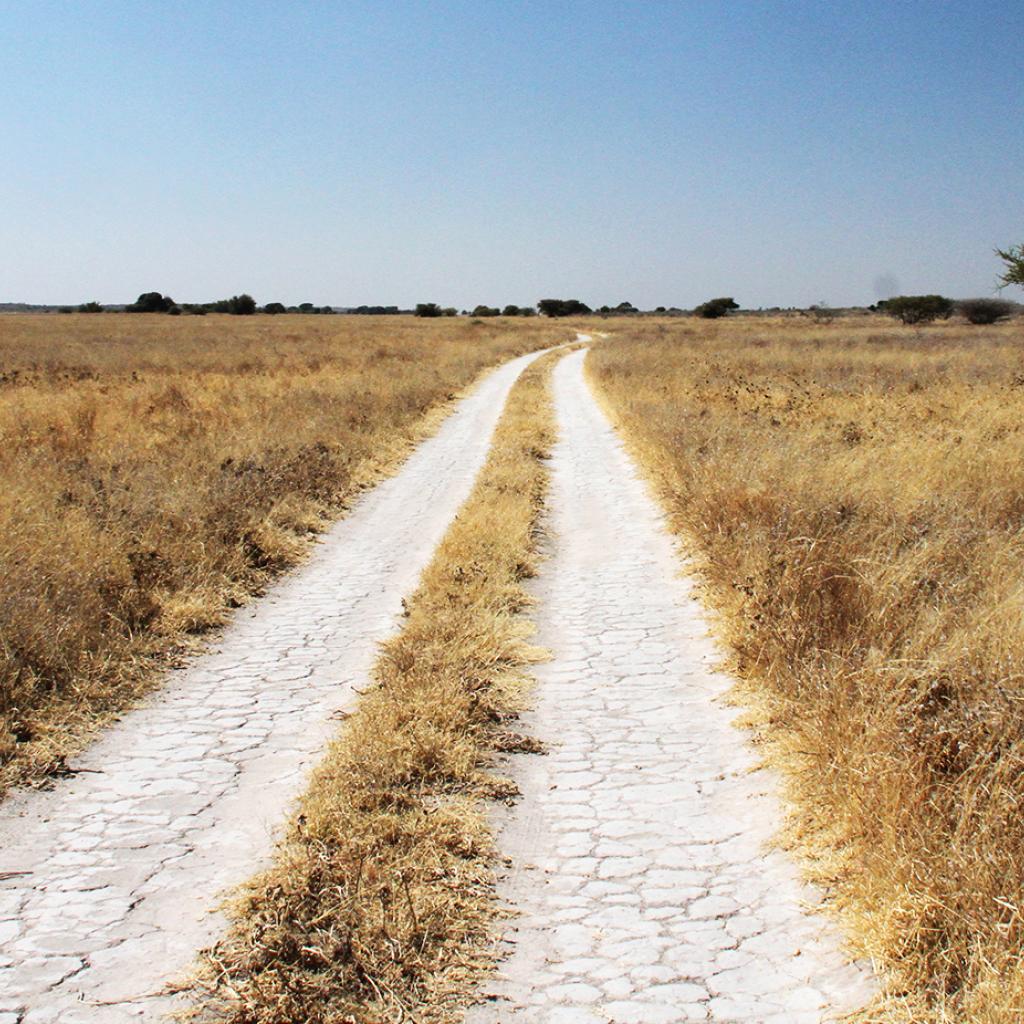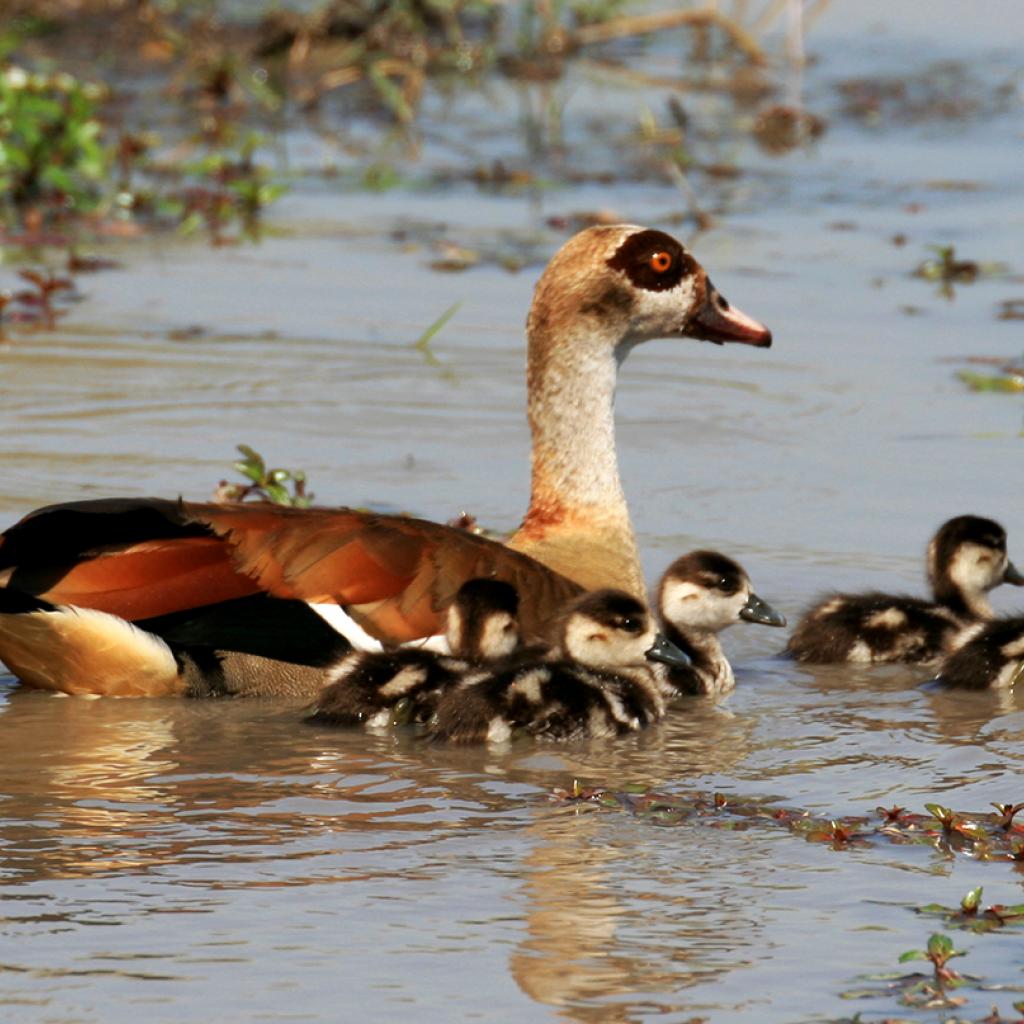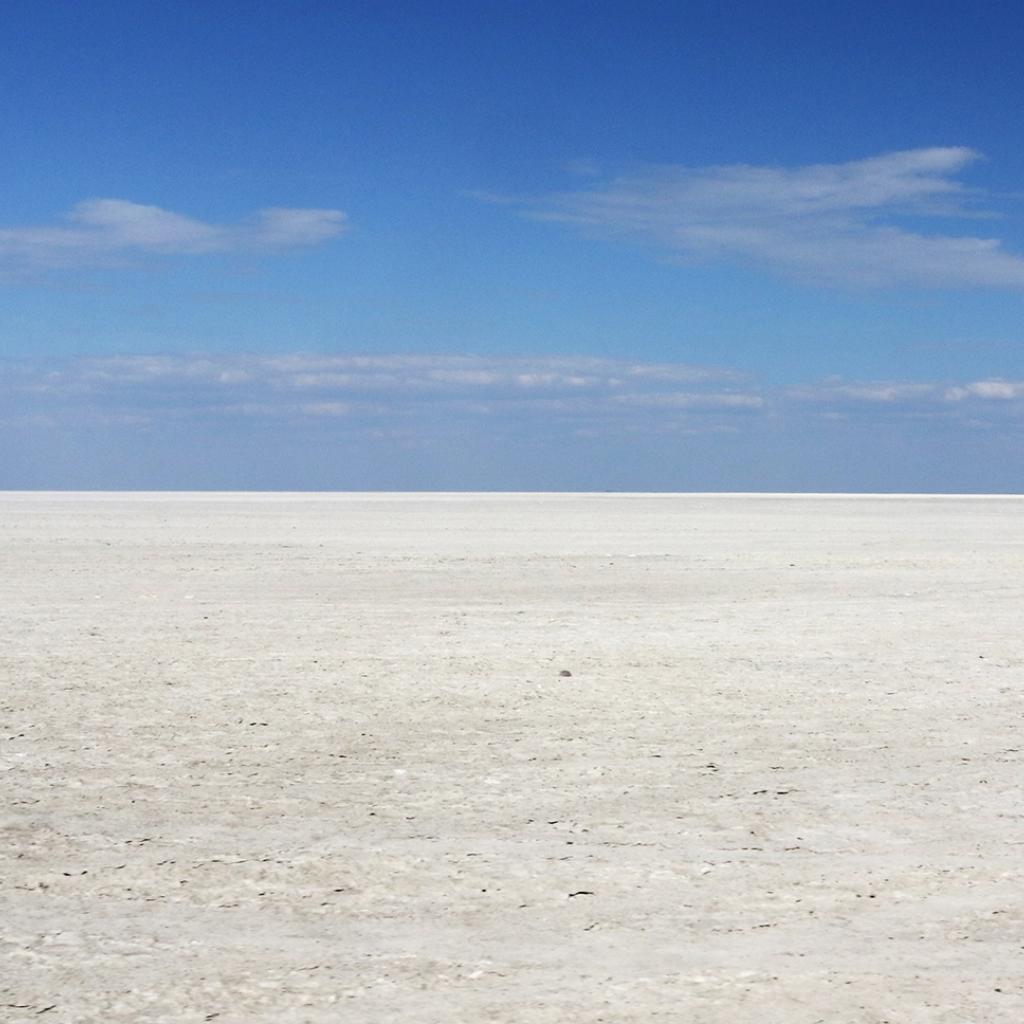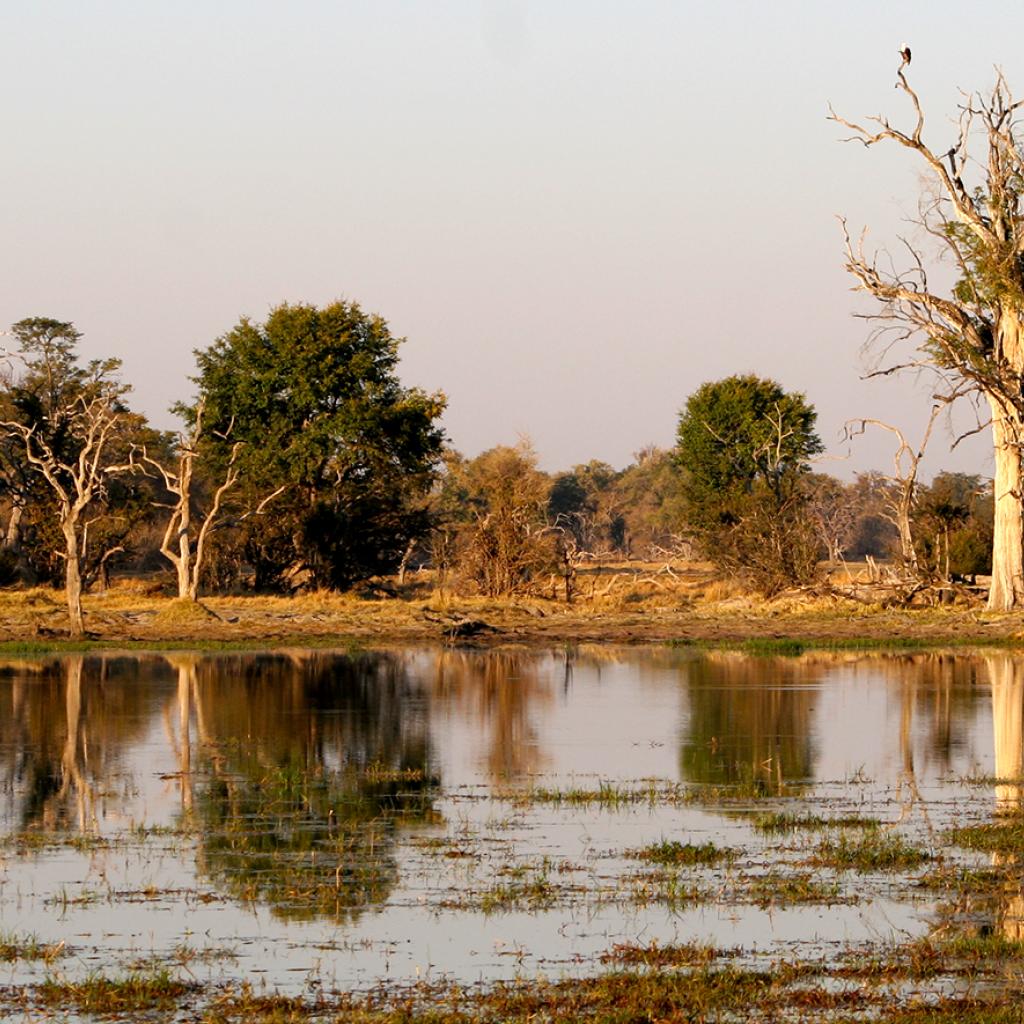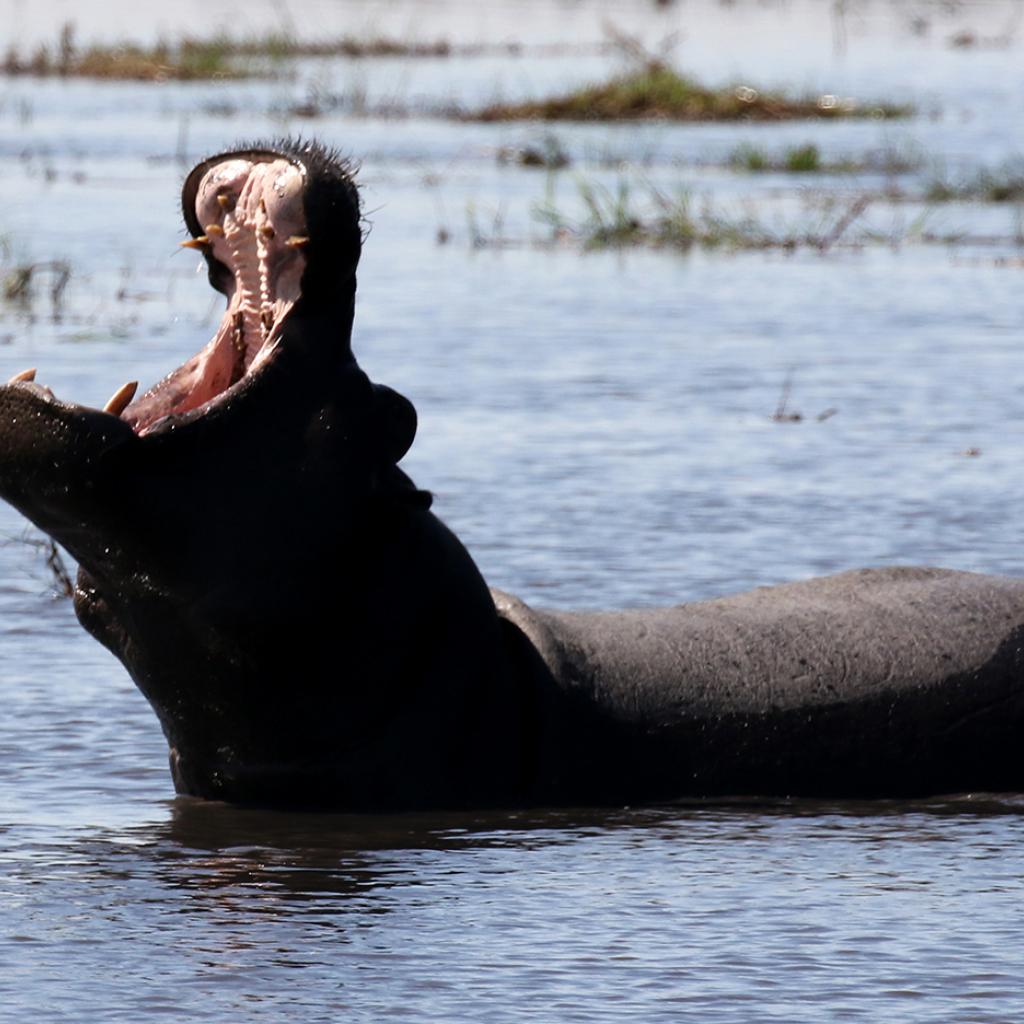The rainy season runs from November to April, with a higher precipitation concentration in January and February; the rains often consist of strong thunderstorms and late afternoon heavy showers.
The air stream coming from the moisture-laden Equatorial area is met with the monsoon coming from the North-East and the aliseums that come from the South-East; from this interaction rains spring up.
The current coming from Congo reaches the Southernmost point between January and February, and that is why these are the rainy months; from March the current progressively returns North and the rains are reduced in intensity.
The rains are more intense in the Northern and Eastern part of the country, while they are weaker in the South, especially South-West.
November is usually an unpredictable month, sometimes the climate is still hot and dry as in October, while other times the days are cooler; sometimes the clouds begin to form in the sky, especially in the afternoon, bringing with them the first rains of the season.
The rainy season begins in December and continues until March or April.
During this time it does not rain constantly and every day is not the same as the previous one, on the same day the weather can change several times: the sunny sky can suddenly overcloud in a few minutes and then suddenly the sun can return.
Heavy rains and thunderstorms are usually short but very intense, often occurring in the late afternoon, after that the sky returns serene; it may also happen that some days the sky is cloudy all day long but, in this case too, rain is usually short and does not stop from traveling or doing a safari.
In February, however, the rains are more intense and have a longer duration, the cloudy days are many and the sky remains gray for several days.
Driving on dirt tracks during the rainy season is not very easy, it is necessary to be prepared for driving on mud and to flooding, it also serves a scrupulous search to know the condition of the roads you intend to travel.
During the rainy season the vegetation is lush and the Kalahari desert is alive, the depressions in the salty Makgadikgadi Pans fill up with water and turn into small puddles.
This is the time of the year preferred by herbivores because there is plenty of food and water, so they are healthier, furthermore the rainy season coincides with the period of puppy births; it is undoubtedly a very nice and exciting moment to make a safari; predators are usually lurking to take advantage of the situation.
